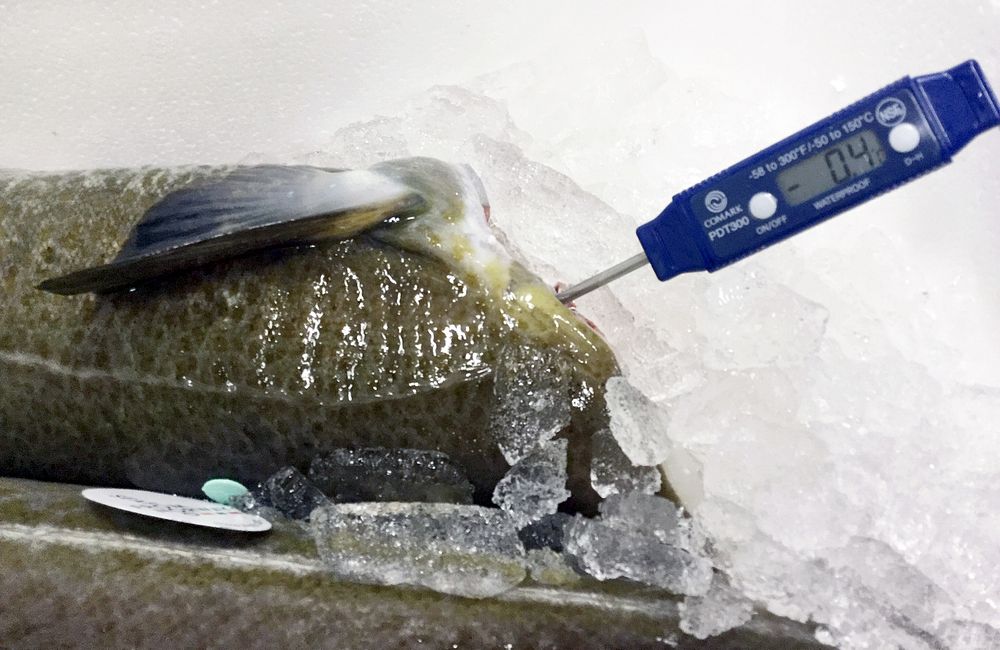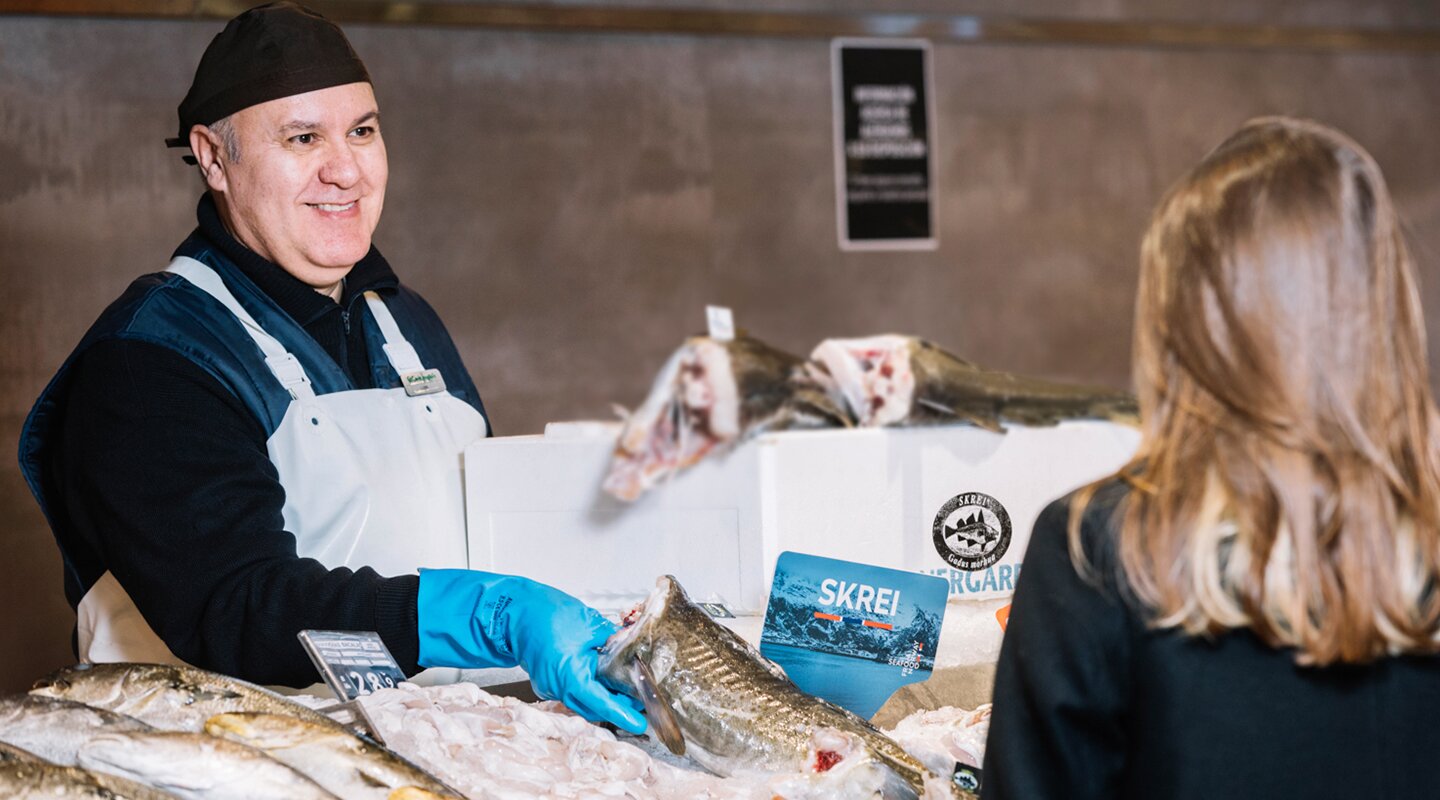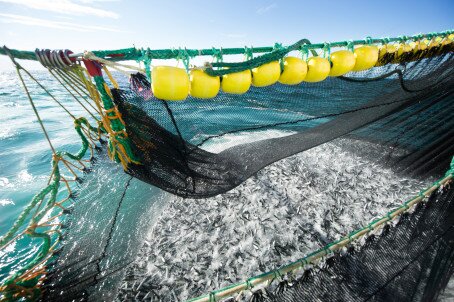Many feared a challenging 2021 skrei season due to the global pandemic and record high quotas for cod. But when summarizing this year’s winter cod season it is not all doom and gloom for Norwegian exports.
The traditional Norwegian skrei season runs from January to April and the Norwegian Seafood Council concludes exports remained resilient and adaptable in a changing market landscape.
In total 38 000 tonnes of fresh whole cod were exported from Norway in the first four months of 2021. This is an increase of 35 percent compared to 2020. The value of Norwegian fresh cod exports was 1,25bn NOK, an increase of 4 percent compared with last year.
“Many fishers, producers and exporters expressed concerns ahead of this year’s season, with record-high quotas for cod and the hospitality sector in our main markets remaining more or less shut for the entirety of the season. With this in mind, it is safe to say the season has been much better than expected,” says seafood analyst Eivind Hestvik Brækkan at the Norwegian Seafood Council.
The biggest markets for Norwegian cod this season were Denmark, Poland and the Netherlands. These are all traditional redistribution markets for Norwegian seafood, and most of the consumption of Norwegian skrei happens in Spain, France and Germany.
Solid price premium for quality labelled skrei
Although most cod caught in the winter season are migratory skrei from the Barents Sea, only a small proportion is exported with the exclusive quality label for skrei. In the 2021 season, 4 690 tonnes of quality labelled skrei was exported, slightly less than previous years. The value of this export was 200 million NOK, a 23 percent decline from 2020.
“While the price of both fresh cod and quality labelled skrei is lower than in 2019 and 2020, the price premium for quality labelled skrei has never been higher. On average, the export price for a kilo of quality labelled skrei was 25 percent higher than for regular cod,” says Hestvik Brækkan.
“Although the price of fresh whole cod is lower than in 2019 and 2020, export volumes were substantially smaller in these two years. It is worth noting that, despite a challenging season, the price this year is about the same as in 2018, which was the last year we had similarly high export volumes,” Hestvik Brækkan adds.
Home consumption on the rise
The seafood analyst believes this season has proven Norwegian cod’s resilience in the marketplace, as retail has picked up much of the shortfall caused by the largely closed restaurant segment in Europe.
“I believe the quality and versatility of Norwegian cod fits well for consumers in many markets in these times. Many people have been experimenting and expanding their horizons with new and nutritious meals in the home, and this is an effect we are hoping to benefit from also when the world returns to a more normal situation,” he adds.
In France, like most other European markets, the restaurant and hotel-segment has been all but shut down since last autumn.
“Here in Paris, the restaurants have been shut since October, and thus the supermarkets and retail have been the sole sales channels for skrei this season. It is hard to compare this season with last year’s, as the fish counters closed in the middle of March last year, but I can confirm that skrei has been very visible in-store and in the media this year, and that the quality of the fish has been really good,” says Trine Horne, Country Director for France at the Norwegian Seafood Council.
In Spain, the largest consumer market for skrei, and where quality labelled skrei has achieved a very strong position, the season has also been better than expected.
“Overall, we are happy with how the season went here. Skrei volumes compare to the record 2020-season, despite there this year being no tourism and closed restaurants throughout the season, as opposed to just the tail end of last year,” explains Bjørn-Erik Stabell, the Norwegian Seafood Council’s Country Director in Spain.
High quality on this year’s skrei
The Norwegian Fishermen’s Sales Organisation performs rigorous quality checks throughout the season, on boats, landing sites, production facilities and also at redistribution terminals across Europe. This year however, due to strict infection control regulations, the unique skrei-patrol were unable to do physical controls as normal.
“This means feedback from the markets have been more important than ever,” says Synne Guldbrandsen, Market Director at the Norwegian Fishermen’s Sales Organisation.
“Controls at production facilities here in Norway early in the season found that the fish were perfectly chilled straight from catch and packed according to the strict quality standards for skrei. The feedback from the markets on the quality of this year’s skrei has been exceptional. It is clear that fishers, buyers, logistics- and terminal workers, as well as customers in the markets do their outmost to ensure top quality fish reaches consumers, also in a challenging year,” says Guldbrandsen.
In the German market Country Director Kristin Pettersen also reports the quality of Norwegian skrei has been very good this season.
“My impression is that it has been very good this season, a lot of large fish with lovely loins and fillets,” Pettersen says.
This is confirmed by Deutsche See, one of the biggest seafood importers in Germany:
“The Skrei this year, as in previous years, has held very good quality,” says Andreas Kremer, Market- and Communications Director at Deutsche See.





